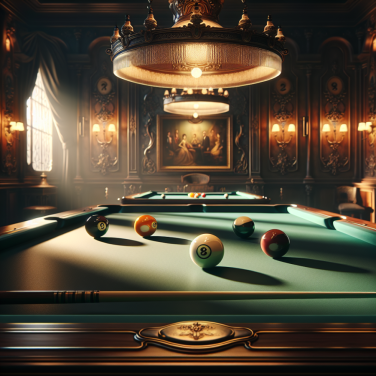"From Raw Materials to Fairway: An Insight Into the Production of Golf Clubs"
Understanding the manufacturing process of golf clubs essentially involves unraveling the transformation of raw materials into perfected instruments of the sport. It's an intricate process laden with precision, craftsmanship, and technology that calls for an in-depth exploration.
One thing many golfers might not realize is that there's a whole myriad of raw materials making up their finest set of clubs. Typically, materials used in the construction of golf clubs depend heavily on the performance and quality that the manufacturing brand seeks to deliver. Hence, these materials may widely range from stainless steel, titanium, graphite, and carbon fiber to zinc and aluminum. Differentiating each one of them are their unique properties like durability, weight, and strength, which contribute significantly to the club's performance.
A considerable portion of the golf club production process takes place in foundries. Here, molds are shaped and crafted from wax patterns to precisely represent the club's design. Once the molds are prepared, a two-step casting process comes into the picture. First, the molds are dipped into a fine ceramic slurry, followed by a coating of coarse stucco; this process gets repeated until a desired thickness is achieved. The thoroughly coated molds are then stuccoed with a refractory grain sand to form a strong shell. Post this, the wax is melted out, leaving behind a hollow ceramic shell - very much similar to that of the original wax pattern.
With the ceramic mold ready, molten metal gets poured into it under extreme heat; often in thousands of degrees. After the metal is allowed to cool, the ceramic mold is broken, revealing the golf club head. The rough edges are meticulously cleaned and smoothed until they match the original design. Essentially, this process is employed for steel and titanium club heads, whereas for those made out of aluminum and zinc-alloy, a die-casting method is used where hot molten metal is forced into a mold.
The golf club head is then polished and plated. A high gloss finish is attached to give an aesthetic appeal. The club head undergoes electroplating where a thin layer of chrome is applied to enhance resistance to corrosion and wear and tear. Paint fill is placed on the score lines and designs to further enhance visual appeal.
Simultaneously, another equally crucial part of the golf club - the shaft - is also under production. A variety of materials, such as steel and graphite, are used to create the shaft.
Read also:
Mastering the Strategies of Four-Ball Billiards: A Guide
"Mastering The Craft: The Detailed Steps in Golf Club Manufacturing"
Mastering the art of golf club manufacturing takes a precise set of skills. Highly skilled craftspeople take painstaking measures to handcraft the perfect golf club. This behind-the-scenes look at the making of golf clubs focuses on the detailed steps that manufacturers take.
The first step in golf club manufacturing begins with the design process. Designers and engineers create prototypes based on performance data and feedback from professional golfers. They use software to create 3D models of the golf club head. These prototypes are initially made from plastic before using actual metal in subsequent stages. The initial design must meet certain weight and size standards. Then, they print 3D models to test the aerodynamics before full production.
Next comes the process of metal selection. The type of metal used affects both the weight of the club and how the ball behaves upon impact. Moreover, higher density metals like steel are typically used for irons, while titanium, a lighter option, is used for drivers. Each material requires specific treatment to molding.
The metal is then meticulously molded into the desired club head shape. This process may involve casting or forging. Casting involves pouring liquid metal into a mold, while forging involves heating and hammering the metal into shape. Both methods have their pros and cons, with casting providing more versatility in design and forging offering superior feel and consistency.
Once the shape is set, the golf club heads are then heat-treated to increase the strength and longevity of the material. They are heated to a specific temperature, then either cooled rapidly (quenching) or slowly (tempering) to alter the metal's physical properties.
During the clubhead milling process, club heads are computer milled to perfect the exact size, shape, and weight. During this process, the grooves on the club face are cut, and the face is texturized to enhance the spin of the ball, and overall control.
The next step involves the addition of the hosel. This is the socket where the shaft of the golf club will be inserted. In some cases, it's integrated into the initial casting or forging. In other cases, it may be added later.
Painting and finishing off the golf clubs is next. The clubheads first receive a blast of sand or bead to smooth out any rough spots and provide a clean surface for painting. After painting, they are coated with a clear gloss to give them a shiny finish.




